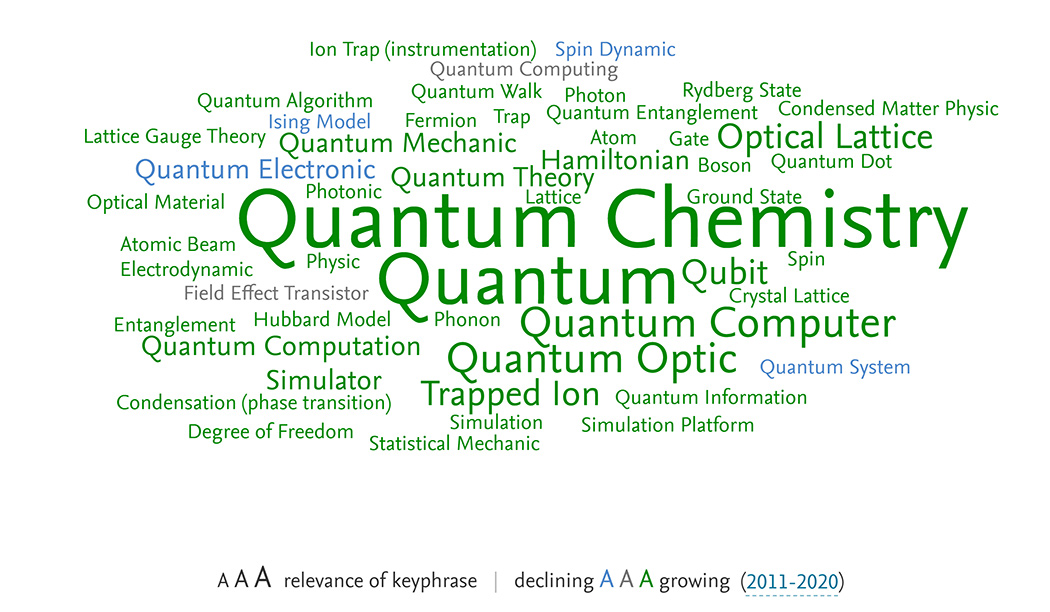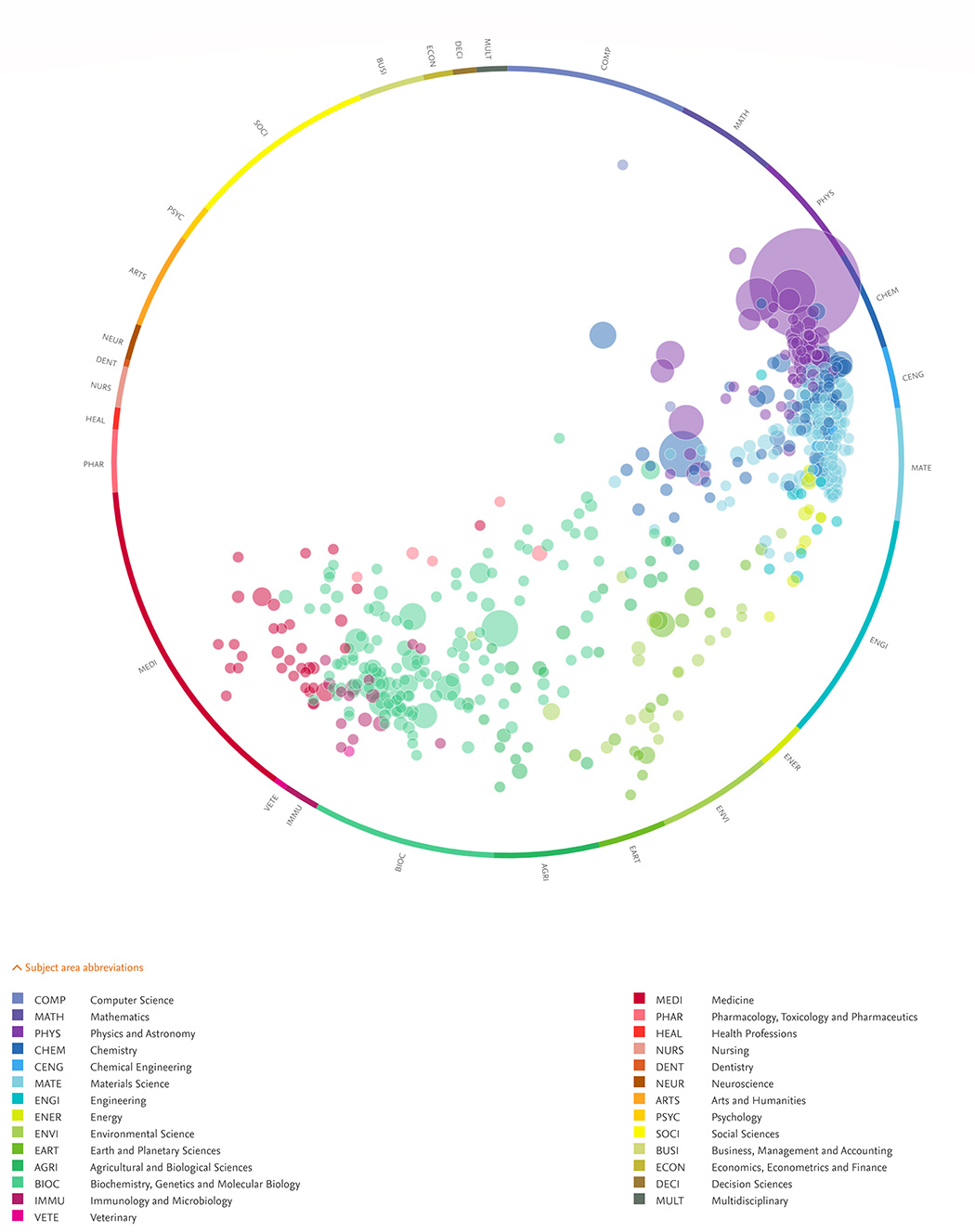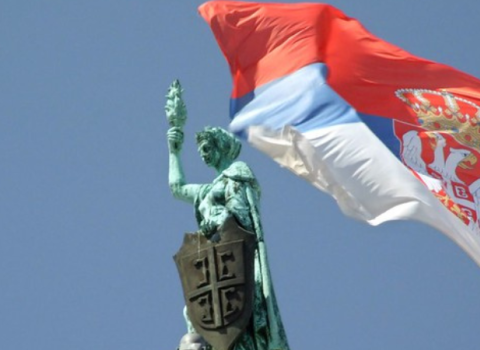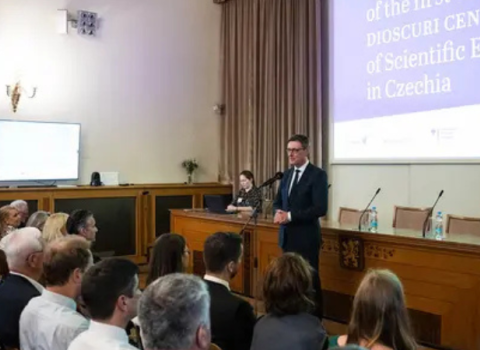Large research infrastructures facilitate international collaboration among researchers

Scientists now routinely rely on dedicated infrastructures (ranging from databases and computers to telescopes and monitoring systems) to support them in their work.
As well as enabling advanced research, major research infrastructures have become focal points for international collaboration. That is one of the key findings from a case study called “Build it and they will come: The convening power of the SOLEIL Synchrotron facility”.
Conducted by Elsevier’s International Center for the Study of Research (ICSR), in collaboration with Mission Publimétrique, the case study explores the impact of the SOLEIL synchrotron - a “very large” research infrastructure under France’s classification system. Situated near Paris, the synchrotron is an analytical infrastructure open to the French and global research communities. Operational since 2008, it uses its extremely powerful synchrotron beams to pursue investigations spanning fields of research ranging from life sciences to cultural heritage.
The case study examines the ability of such facilities to advance science and their power to drive collaborations across various research fields, and among researchers, institutions, organisations and countries. By focusing on the role of a large research infrastructure in the advancement of science, the case study was designed to cast a novel perspective on research impact’s assessment.
Increasingly, research infrastructures are national or international in scale, supporting complex and highly collaborative science around the globe. France, for example, now has an R&D roadmap that includes nearly 100 “large”, or “very large” scale research infrastructures. Such facilities tend to cross the boundaries between scientific disciplines, while enabling university researchers to work alongside colleagues from industry.
- The case study’s key findings include: The SOLEIL Synchrotron is fulfilling its mission to enable research across a broad range of topics. It is proving to be an effective convening point for researchers collaborating in teams.
- The SOLEIL Synchrotron is also part of a multinational network of collaborating research institutes and other synchrotron facilities. Patent citation analysis demonstrates that research at the SOLEIL Synchrotron contributes to innovation and economic outcomes.
The authors believe the method used for the study can easily be applied to other large research infrastructures to answer evaluative questions about knowledge production and real-world outcomes of the science they support.*
* A publication set was created for all publications acknowledging the use of the SOLEIL Synchrotron and/or listing SOLEIL Synchrotron among the authors’ affiliations from 2014 to 2018 (3,002 publications). These publication sets were then analysed and visualised using VOSviewer (CWTS, Leiden University) and SciVal, Elsevier.
Powered by Scopus and SciVal
SOLEIL Synchrotron related publications – Topics of prominence






 A unique international forum for public research organisations and companies to connect their external engagement with strategic interests around their R&D system.
A unique international forum for public research organisations and companies to connect their external engagement with strategic interests around their R&D system.